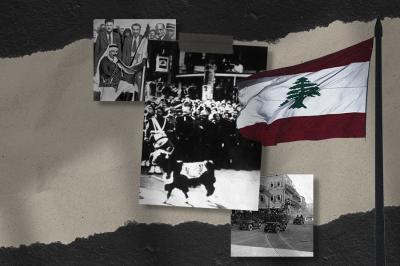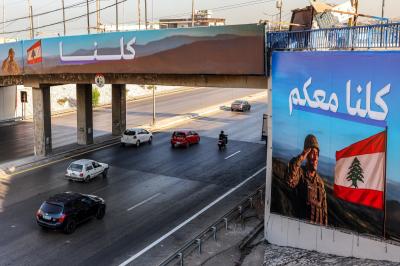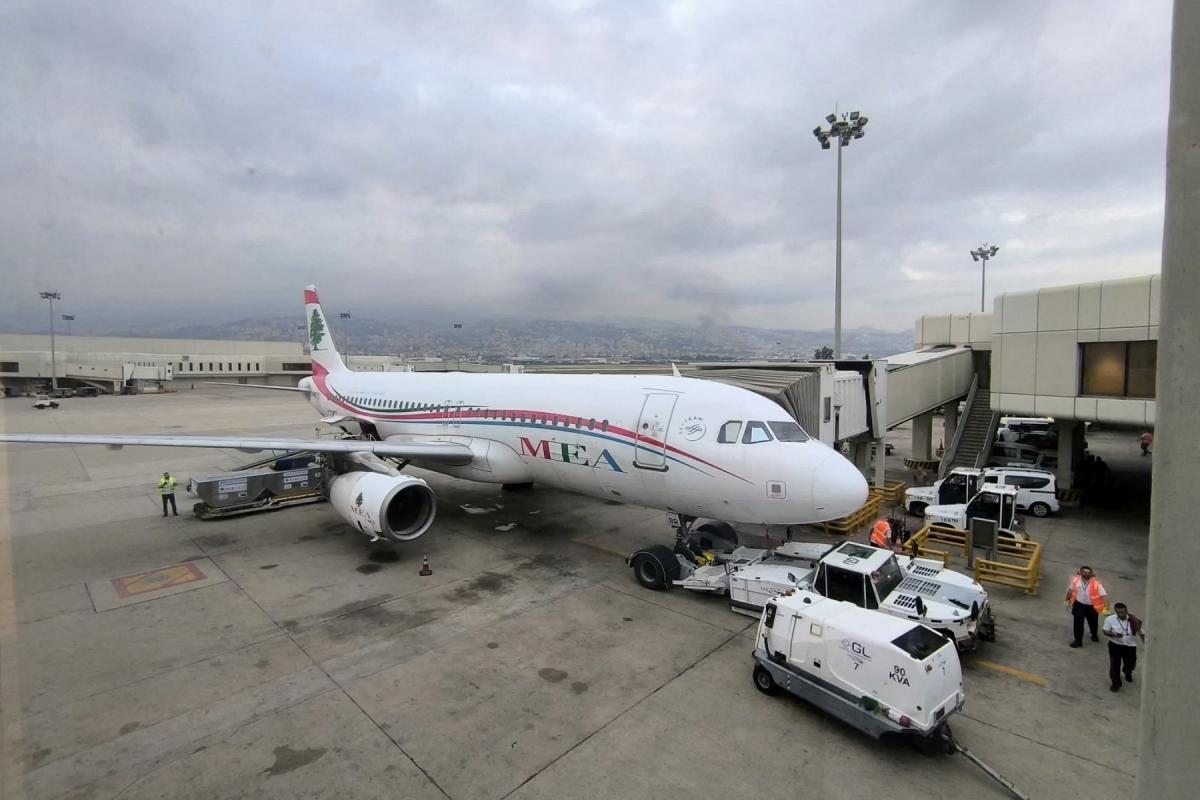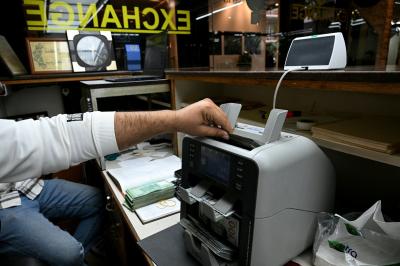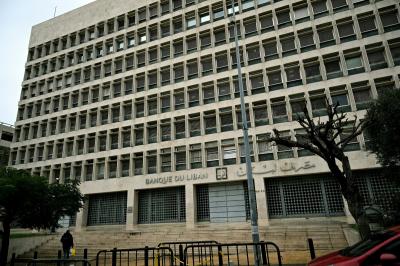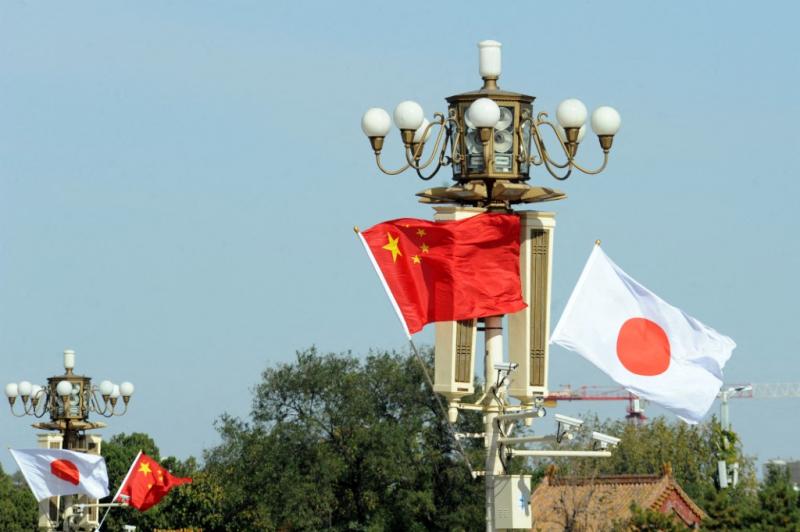Wednesday, May 7, could mark a turning point in Lebanon’s efforts to restore its natural economic ties with the United Arab Emirates in particular, and the Gulf states more broadly. Following a recent visit by Lebanese Army Commander General Joseph Aoun to Abu Dhabi, the UAE announced the lifting of its travel ban on Lebanon, effective May 7. The move came under the directive of President Sheikh Mohammed bin Zayed Al Nahyan and signals a renewed push to strengthen fraternal relations between the two nations.
The decision to lift the ban—imposed since October 31, 2021—is no minor gesture. At the time, the UAE joined Saudi Arabia in a regional backlash against then-Information Minister George Kordahi’s comments about the war in Yemen, which Gulf nations considered offensive. The fallout triggered years of political and economic estrangement that saw vital support, investment, and aid from Gulf states dry up almost completely.
A Costly Estrangement
Three Gulf countries—UAE, Bahrain, and Kuwait—joined Saudi Arabia in escalating both diplomatic and trade restrictions against Lebanon. The economic consequences were swift and severe:
- Lebanese exports to Gulf countries plummeted, with trade to Saudi Arabia dropping to near zero.
- A ban on overland transport through Saudi Arabia forced Lebanese exporters to reroute shipments via sea, increasing both costs and delays.
- Gulf tourists, historically Lebanon’s highest-spending visitors, stopped coming altogether.
- Gulf investments were frozen.
- Work and visit visas for Lebanese nationals became increasingly difficult to obtain.
- Financial aid and direct support dwindled, even as Lebanon faced some of the worst economic conditions in its modern history.
- The total direct and indirect losses from the rift are estimated in the billions of dollars.
Emirati Tourists: Big Spenders, Bigger Impact
Emirati tourists rank among Lebanon’s top spenders. According to a 2016 report by IDAL, the Lebanese Investment Development Authority, Emiratis accounted for 14% of total tourist spending in the country, followed by Saudis (13%) and Egyptians (6%). Gulf tourists, especially from the UAE and Saudi Arabia, are known to spend between $1,000 and $1,500 per day, with some estimates reaching as high as $5,000 daily.
Their spending habits include luxury hotel suites, private transportation, upscale restaurants, beach and mountain resorts, nightlife, and event planning services. Simply put, their return would offer a powerful boost to Lebanon’s struggling tourism sector.
Hope for a Tourism Revival
Lebanon’s tourism industry hit a peak in 2011, generating nearly $11 billion in revenue. A return to similar performance would raise tourism’s contribution to GDP—directly and indirectly—from a pre-crisis average of 12% to more than 20%.
But beyond the numbers, the symbolic value of Lebanon’s reintegration into the Arab fold matters just as much. “We greatly value the Emirati initiative,” said Pierre Achkar, head of Lebanon’s Federation for Tourism Syndicates. “It’s the first step in a long journey toward a prosperous Lebanon. Now that the UAE has led the way, we expect other Gulf countries to follow.”
Much now hinges on whether Saudi Arabia will also lift its travel ban. Historically, Saudi tourists outnumber their Emirati counterparts. Yet, there are concerns that Lebanon’s crisis-battered tourism sector may not be ready to handle a surge in demand. “We’ve survived with our own generators, bought our own water, and solved logistical issues ourselves, despite the high costs,” Achkar said. “We’ve endured worse. If tourists return, we’ll adapt and deliver the premium experiences Lebanon is known for—even in the absence of proper public services.”
Investment in the Horizon
The UAE’s decision could also reopen the door to investment. “We're hoping to see Gulf investment return across multiple sectors,” said Charles Jabbour, head of the Lebanese Business Council in Dubai and the Northern Emirates. “But Lebanon must act fast—fight corruption, cut waste, and build competent institutions to truly benefit from this economic reset.”
Reform Is the Only Way Forward
Lebanon must seize this opportunity seriously. That means real reform, not just in governance and transparency, but also in addressing the economic fundamentals. High travel costs, limited flight options, rising production expenses, and failing services are keeping prices high and tourists at bay. Competing destinations like Egypt’s Sharm El Sheikh, Northern Cyprus, and Turkey’s southern coast are emerging as cheaper and more efficient alternatives.
Trade Deficit Still a Major Obstacle
Even as Lebanon eyes a tourism rebound, its massive trade imbalance with the Arab world remains a thorn in its side. According to data from the Lebanese Industrial Exports Directory, Lebanon ran a $8.7 billion trade deficit with 21 Arab countries from 2016 to March 25, 2025. With the UAE specifically, Lebanon imported $5.5 billion worth of goods over the past decade while exporting just $4.5 billion—a shortfall of over $1 billion.
Correcting this imbalance will require deep economic restructuring: lower production costs, rationalized taxes, combating illicit trade—which drains more than 50% of public resources—and supporting local industries.
Strategic Affection—With Limits
The UAE’s renewed embrace of Lebanon is warm and promising—but it also comes with limits. As the Lebanese proverb goes: “I love you, my bracelet, but not more than my arm.” That is, while affection and goodwill are welcome, they will never override strategic self-interest.
For Lebanon, the challenge now is clear: prove itself a worthy partner through action—not just appeals to nostalgia or shared heritage. Only then can it turn renewed friendships into lasting prosperity.
Please post your comments on:
[email protected]
 Politics
Politics

